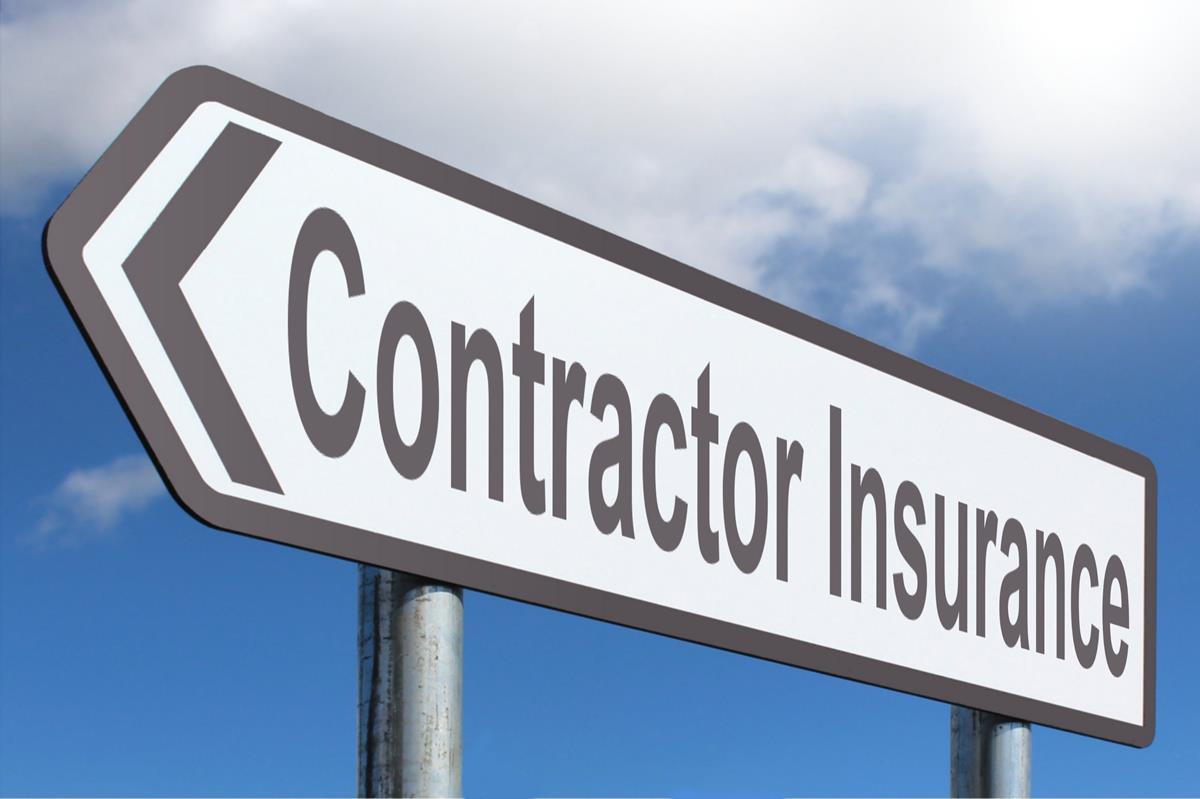Owner-controlled insurance
Contents |
[edit] Introduction
An owner-controlled insurance programme (OCIP) is a business practice that consolidates insurance liability for construction projects. Owner-controlled insurance programmes allow property owners to purchase insurance on behalf of all of the contractors working on a project rather than allowing each contractor to purchase individual coverage.These policies are also referred to as wrap-up coverage or wrap policies.
Owner-controlled insurance programmes are purchased by the owner alone, which differentiates them from contractors' all-risk insurance or contractor controlled insurance programmes issued under the joint names of the contractor and the property owner.
[edit] Scope of coverage
Owner-controlled insurance policies may include:
- Building related insurance.
- Construction.
- Hazards.
- Liability insurance.
- Materials.
- Terrorism insurance.
- Umbrella insurance.
- Workers' compensation (WC).
These policies are written for the term of the project plus any extended periods, assuring continuity of insurance policy terms, conditions and exclusions.
[edit] Benefits of OCIPs
Owner-controlled insurance programmes can reassure property owners of consistent coverage throughout the project. For instance, they ensure that no uninsured workers are on the job, since rules are uniformly enforced by a single insurer or broker.
They also help to clarify budgeting issues, since insurance costs are established at a consistent rate (rather than being controlled by each contractor) and handled by a single insurance provider.
An owner-controlled insurance policy may benefit property owners who are in charge of several simultaneous construction projects and can gain efficiencies by bundling several projects under this method of coverage.
[edit] Drawbacks of OCIPs
Bundled insurance provided by owner-controlled insurance policies may put an additional administrative burden on property owners charged with overseeing responsibilities that may not be within their area of expertise.
The pricing of these policies may offer budgetary convenience for property owners, but they may also mean contractors are less motivated to control losses when those losses are not coming directly from their budgets.
See also: Integrated Project Insurance.
[edit] Related articles on Designing Buildings Wiki
Featured articles and news
Latest Build UK Building Safety Regime explainer published
Key elements in one short, now updated document.
UKGBC launch the UK Climate Resilience Roadmap
First guidance of its kind on direct climate impacts for the built environment and how it can adapt.
CLC Health, Safety and Wellbeing Strategy 2025
Launched by the Minister for Industry to look at fatalities on site, improving mental health and other issues.
One of the most impressive Victorian architects. Book review.
Common Assessment Standard now with building safety
New CAS update now includes mandatory building safety questions.
RTPI leader to become new CIOB Chief Executive Officer
Dr Victoria Hills MRTPI, FICE to take over after Caroline Gumble’s departure.
Social and affordable housing, a long term plan for delivery
The “Delivering a Decade of Renewal for Social and Affordable Housing” strategy sets out future path.
A change to adoptive architecture
Effects of global weather warming on architectural detailing, material choice and human interaction.
The proposed publicly owned and backed subsidiary of Homes England, to facilitate new homes.
How big is the problem and what can we do to mitigate the effects?
Overheating guidance and tools for building designers
A number of cool guides to help with the heat.
The UK's Modern Industrial Strategy: A 10 year plan
Previous consultation criticism, current key elements and general support with some persisting reservations.
Building Safety Regulator reforms
New roles, new staff and a new fast track service pave the way for a single construction regulator.
Architectural Technologist CPDs and Communications
CIAT CPD… and how you can do it!
Cooling centres and cool spaces
Managing extreme heat in cities by directing the public to places for heat stress relief and water sources.
Winter gardens: A brief history and warm variations
Extending the season with glass in different forms and terms.
Restoring Great Yarmouth's Winter Gardens
Transforming one of the least sustainable constructions imaginable.























